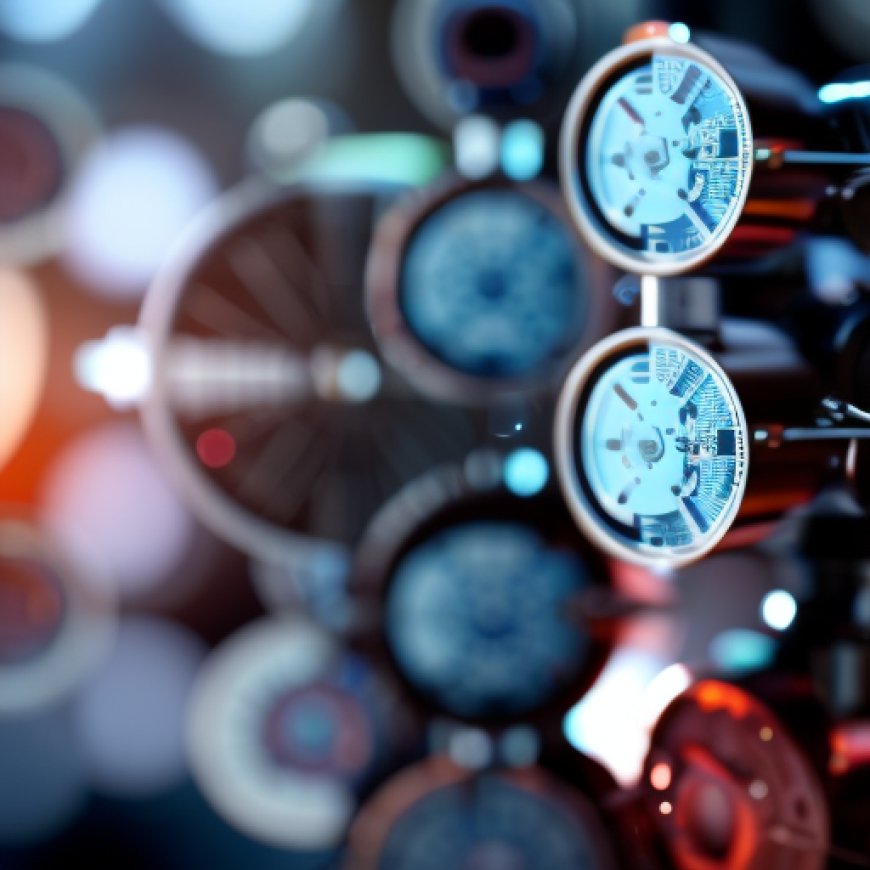How can medical device OEMs support the circular economy?
How can medical device OEMs support the circular economy? MedTech Dive


First, do no harm: The Circular Economy and Medical Device Manufacturers
The circular economy is gaining traction in boardrooms as companies adopt environmental, social, and governance (ESG) policies. This shift is prompting medical device manufacturers to reconsider their approach to design, production, and post-sale processes. By prioritizing sustainability, these manufacturers are aiming to reduce e-waste, limit pollution, and preserve biodiversity. This article explores how medical device OEMs are embracing the circular economy and its alignment with the Sustainable Development Goals (SDGs).
The Circular Economy and Sustainable Development Goals (SDGs)
The circular economy aligns with several SDGs, including:
- SDG 12: Responsible Consumption and Production
- SDG 13: Climate Action
- SDG 14: Life Below Water
- SDG 15: Life on Land
Circular Economy Considerations for Medical Device Manufacturers
Innovation and design thinking play a crucial role in the circular economy. Medical device OEMs are reevaluating their choices in design, sourcing partners, production processes, and product end-of-life considerations. They are involving experts in sustainability, social matters, cross-disciplinary engineers, and medical professionals in these discussions. Key factors to consider include:
- Raw materials and components: Medical devices often use reusable or recyclable materials. Designers can eliminate toxic materials and non-renewable resources. Repairability and replaceability of components are also important considerations.
- Supply chains and production processes: Modifications to supply chains and production processes can reduce emissions and waste. Collaboration with partners strengthens relationships and opens up new business opportunities.
- Product end of life: Reclaiming and repurposing components and raw materials can lower manufacturing costs. Warranties, trade-in programs, and repair services create new revenue streams. Safe decommissioning builds trust between OEMs and end-of-life service providers.
Solving Common Challenges with Expert Repair Services
Participating in the circular economy prompts medical device OEMs to rethink product obsolescence and its impact on the environment and their bottom line. Offering certified repair services is an effective way to extend equipment lifespan. OEMs can choose to provide in-house repair services or partner with experts in medical device repairs. These repair services can address challenges such as:
- Recalls: Expert repair services promote device safety and effectiveness, reducing the impact of product recalls.
- Counterfeiting: End-to-end services combat counterfeit parts through inventory management and supply chain expertise.
- Compliance: Partners with expertise in medical device repair ensure regulatory standards are met, including data security and handling.
- Supply chain disruption: Repair service partners with logistics expertise can mitigate disruptions and minimize service delivery delays.
- Inventory: Repair partners optimize spare parts planning and stocking-level maintenance to avoid waste from overages.
- Skill gaps: Repair services provide experience, certifications, product familiarity, clinical application knowledge, and specialized support capabilities to offset personnel gaps.
Getting Started with the Circular Economy
Participating in the circular economy allows medical device OEMs to reduce waste, extend product lifecycles, and demonstrate a commitment to sustainability. To learn more about how medical device OEMs can embrace the circular economy, download the whitepaper, “How to Outsource Medical Device Repair Services With Confidence” today.
SDGs, Targets, and Indicators
1. Which SDGs are addressed or connected to the issues highlighted in the article?
- SDG 12: Responsible Consumption and Production
- SDG 13: Climate Action
- SDG 15: Life on Land
2. What specific targets under those SDGs can be identified based on the article’s content?
- SDG 12.5: By 2030, substantially reduce waste generation through prevention, reduction, recycling, and reuse.
- SDG 13.3: Improve education, awareness-raising, and human and institutional capacity on climate change mitigation, adaptation, impact reduction, and early warning.
- SDG 15.5: Take urgent and significant action to reduce the degradation of natural habitats, halt the loss of biodiversity, and protect and prevent the extinction of threatened species.
3. Are there any indicators mentioned or implied in the article that can be used to measure progress towards the identified targets?
- Indicator for SDG 12.5: Waste generation per capita
- Indicator for SDG 13.3: Number of countries implementing education and awareness-raising programs on climate change mitigation, adaptation, impact reduction, and early warning
- Indicator for SDG 15.5: Extent of forest area protected or conserved
Table: SDGs, Targets, and Indicators
| SDGs | Targets | Indicators |
|---|---|---|
| SDG 12: Responsible Consumption and Production | Target 12.5: By 2030, substantially reduce waste generation through prevention, reduction, recycling, and reuse. | Indicator: Waste generation per capita |
| SDG 13: Climate Action | Target 13.3: Improve education, awareness-raising, and human and institutional capacity on climate change mitigation, adaptation, impact reduction, and early warning. | Indicator: Number of countries implementing education and awareness-raising programs on climate change mitigation, adaptation, impact reduction, and early warning |
| SDG 15: Life on Land | Target 15.5: Take urgent and significant action to reduce the degradation of natural habitats, halt the loss of biodiversity, and protect and prevent the extinction of threatened species. | Indicator: Extent of forest area protected or conserved |
Behold! This splendid article springs forth from the wellspring of knowledge, shaped by a wondrous proprietary AI technology that delved into a vast ocean of data, illuminating the path towards the Sustainable Development Goals. Remember that all rights are reserved by SDG Investors LLC, empowering us to champion progress together.
Source: medtechdive.com

Join us, as fellow seekers of change, on a transformative journey at https://sdgtalks.ai/welcome, where you can become a member and actively contribute to shaping a brighter future.







